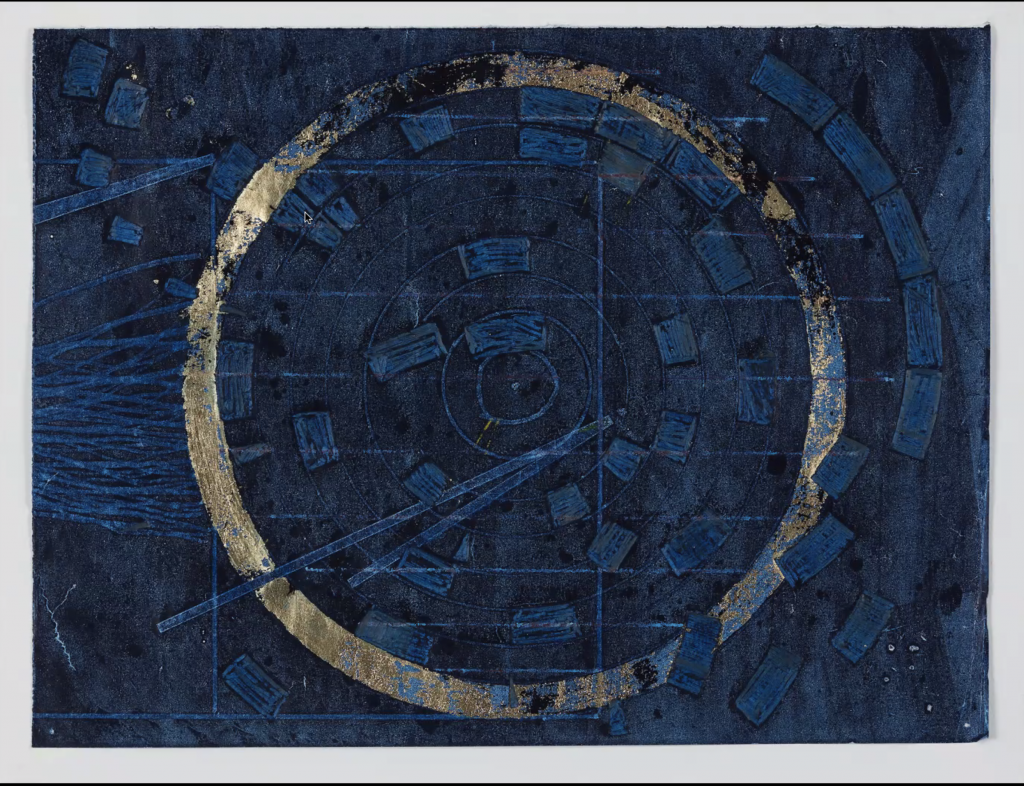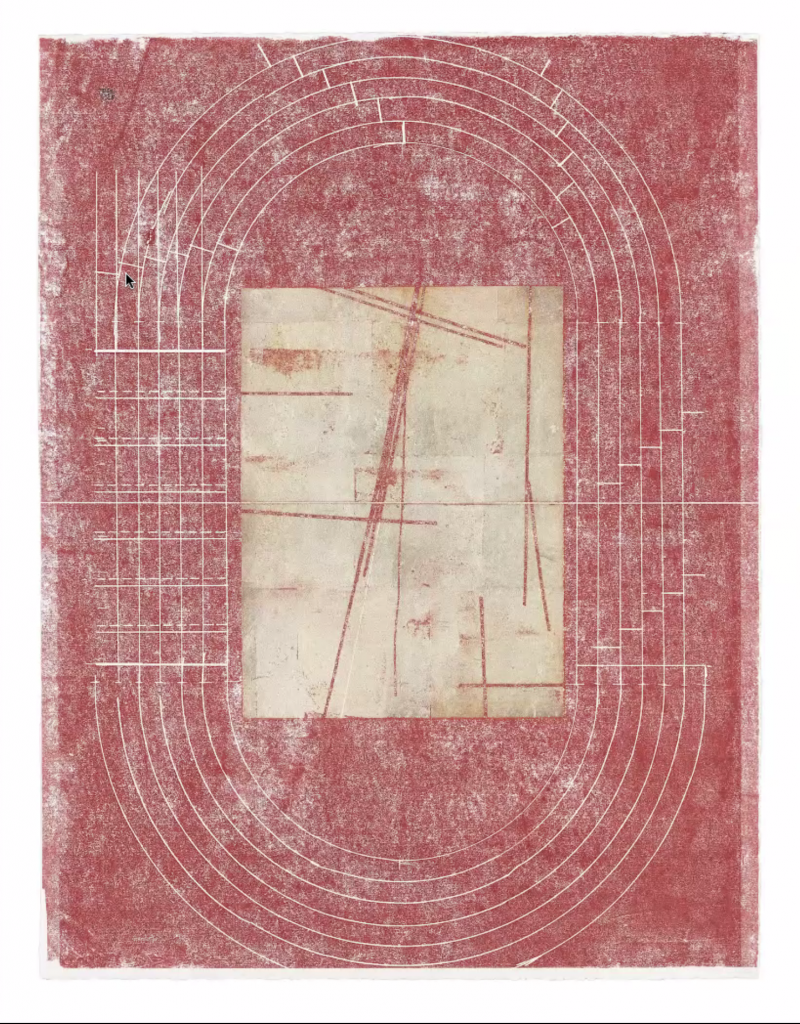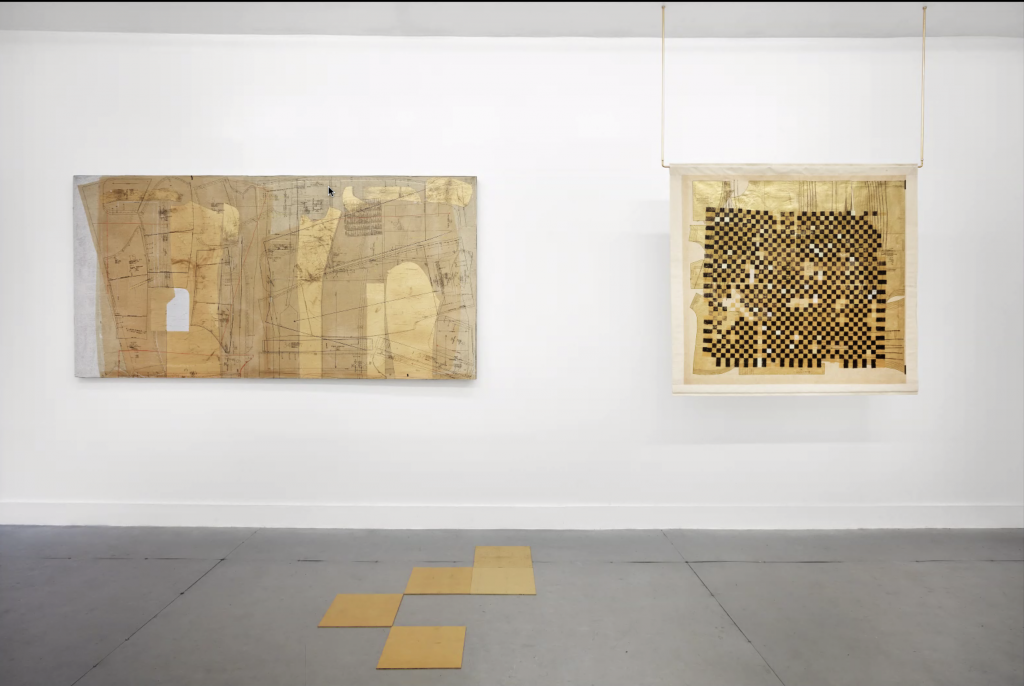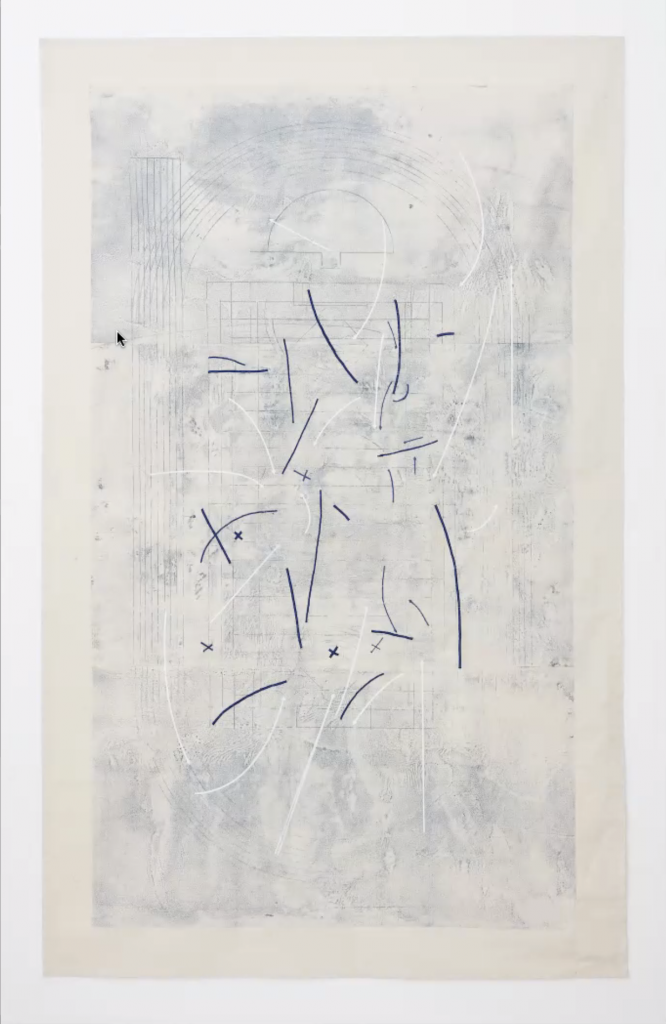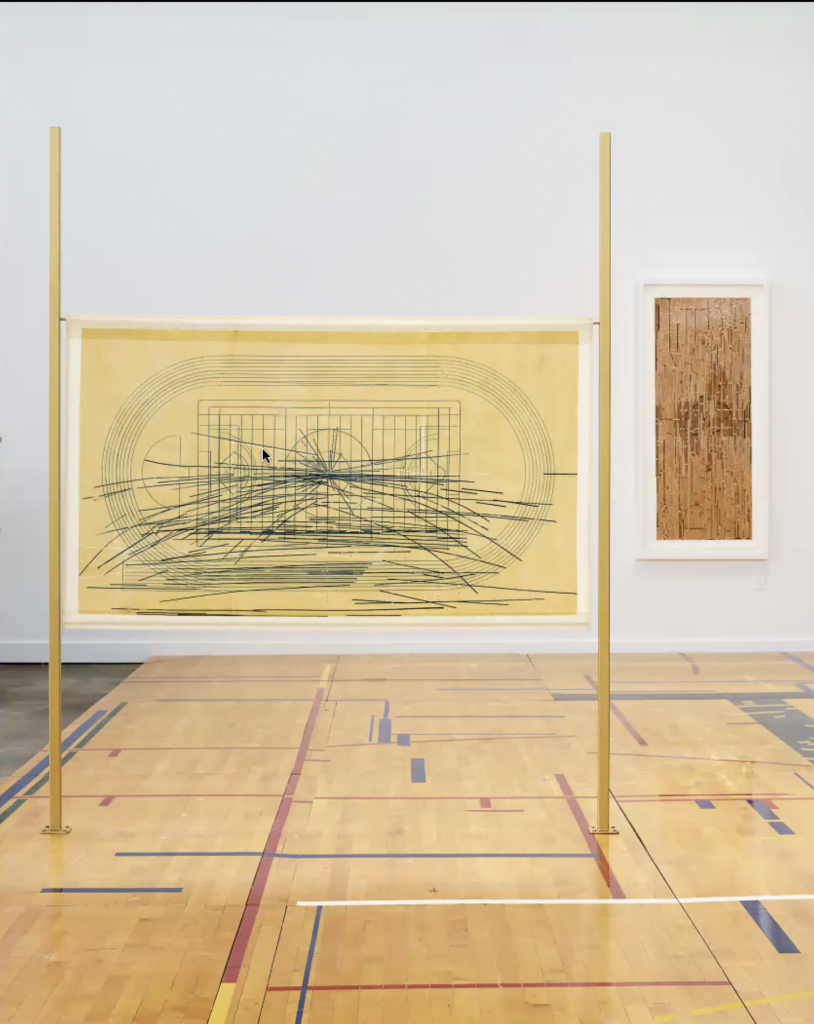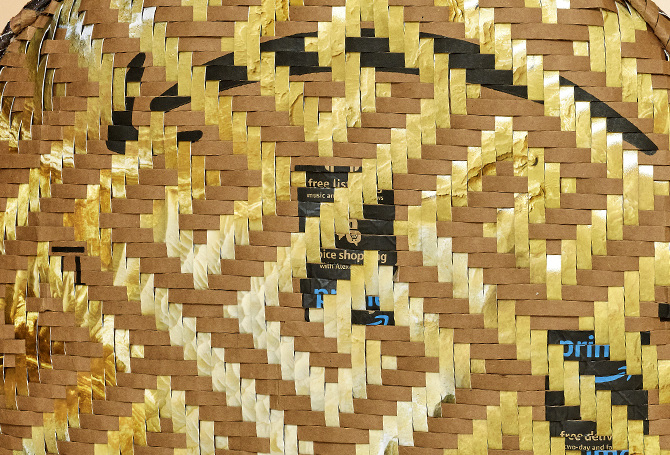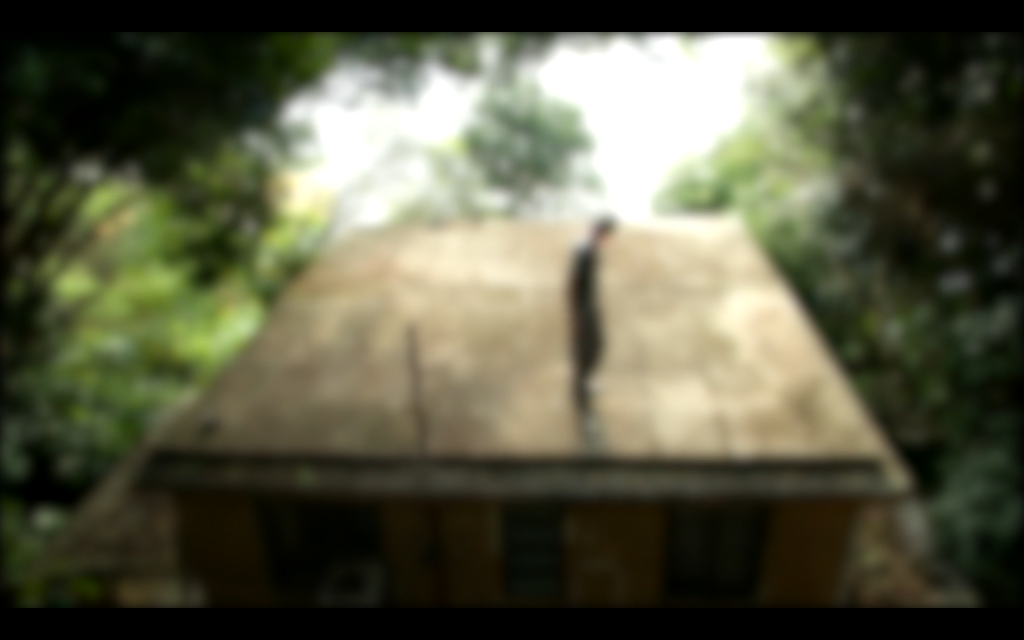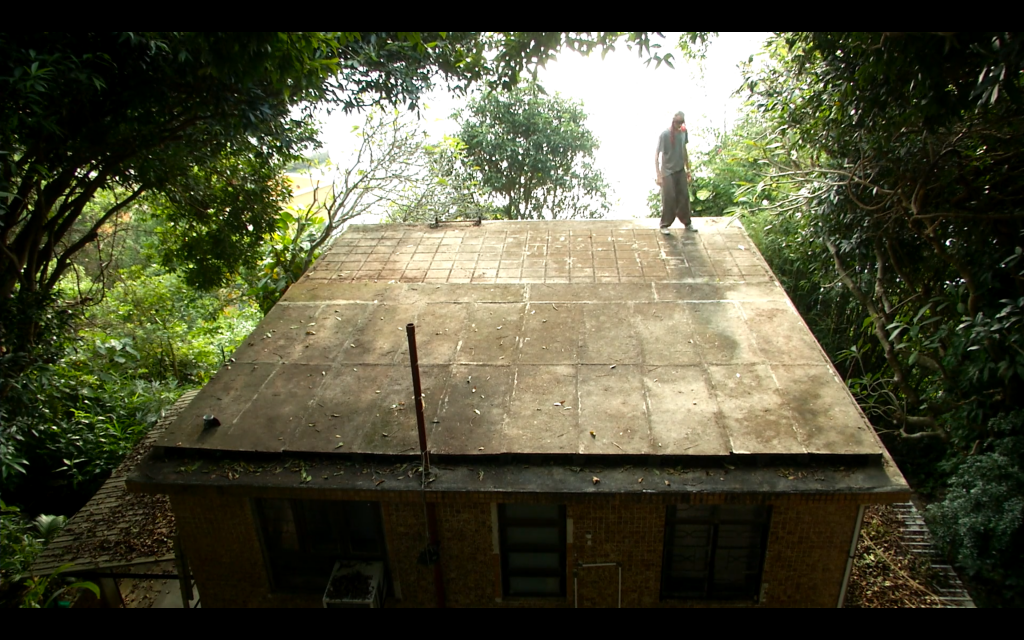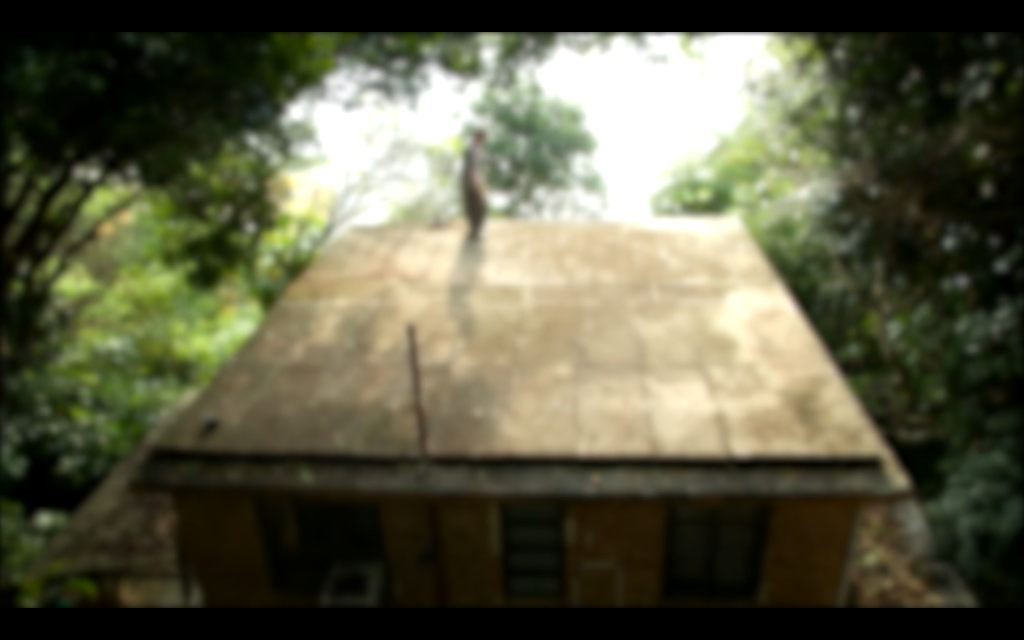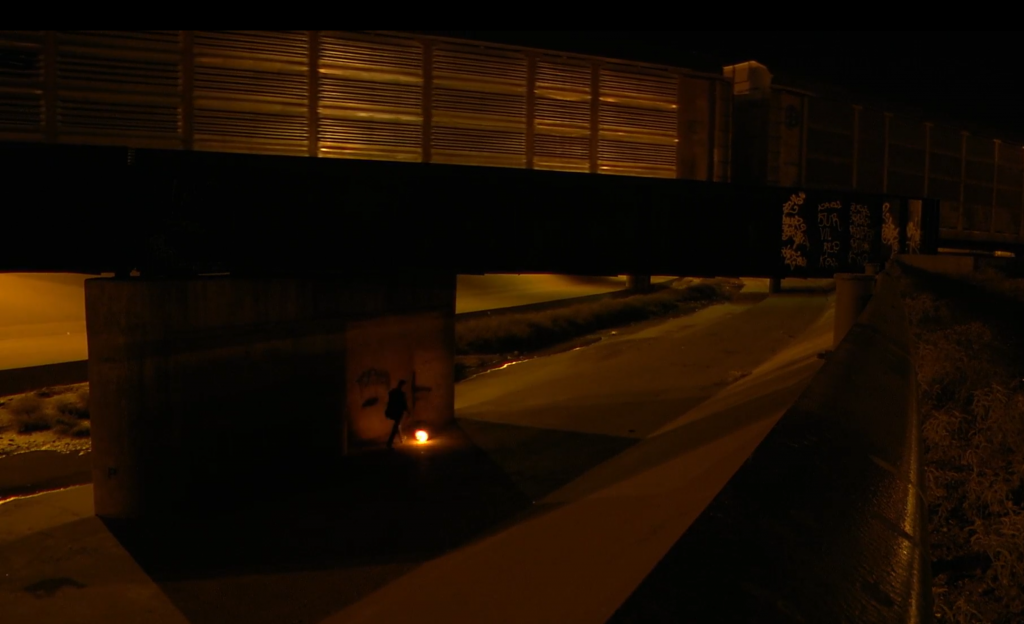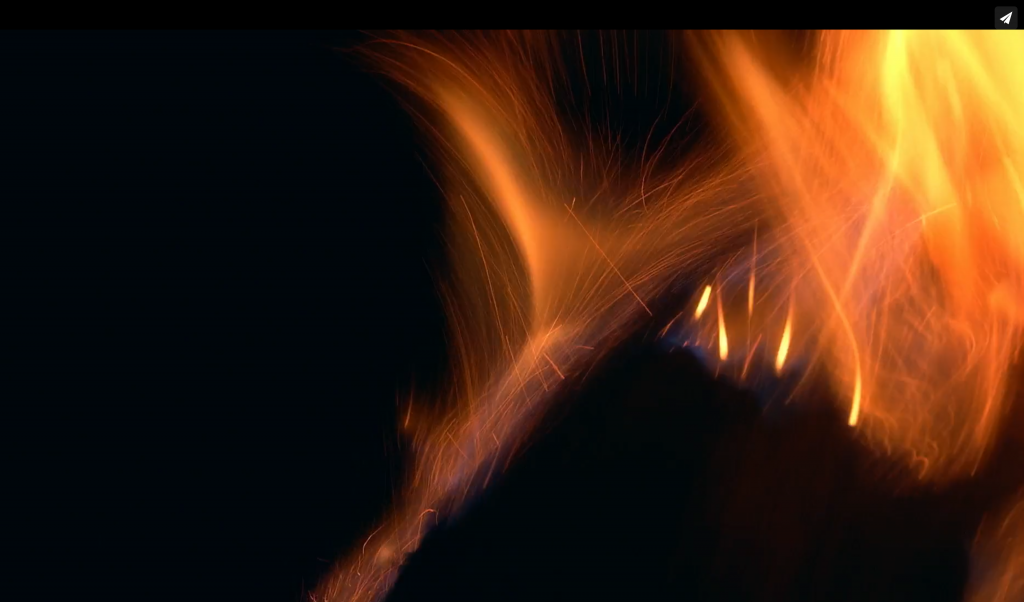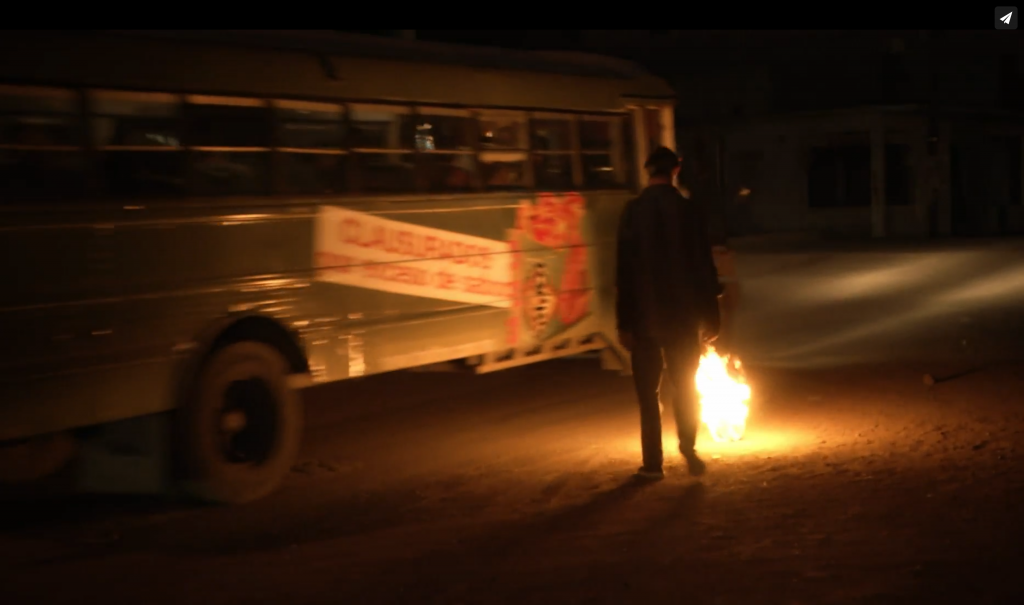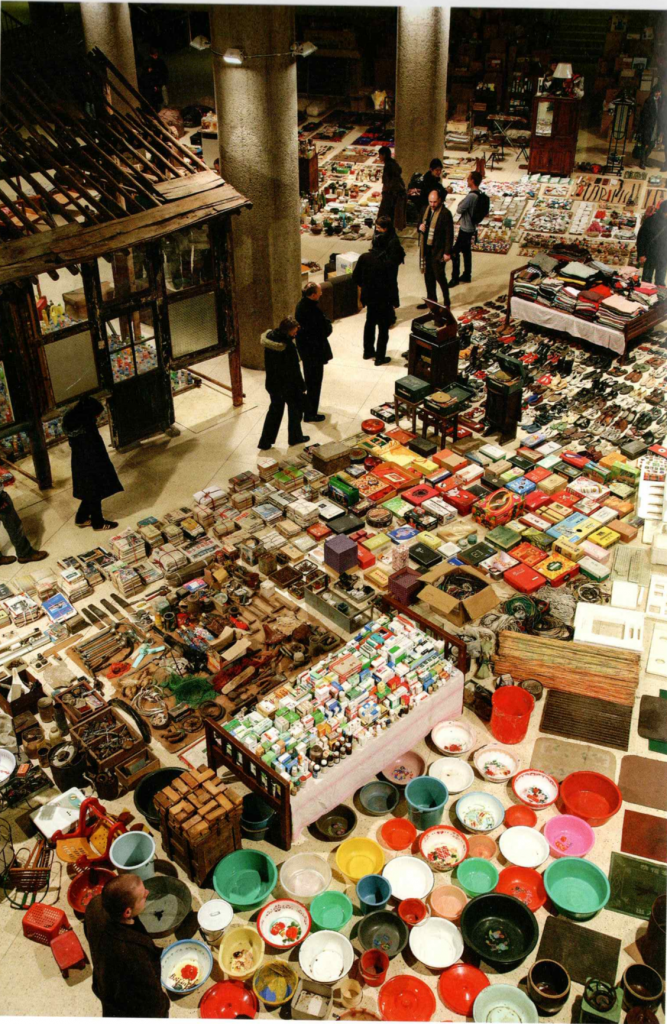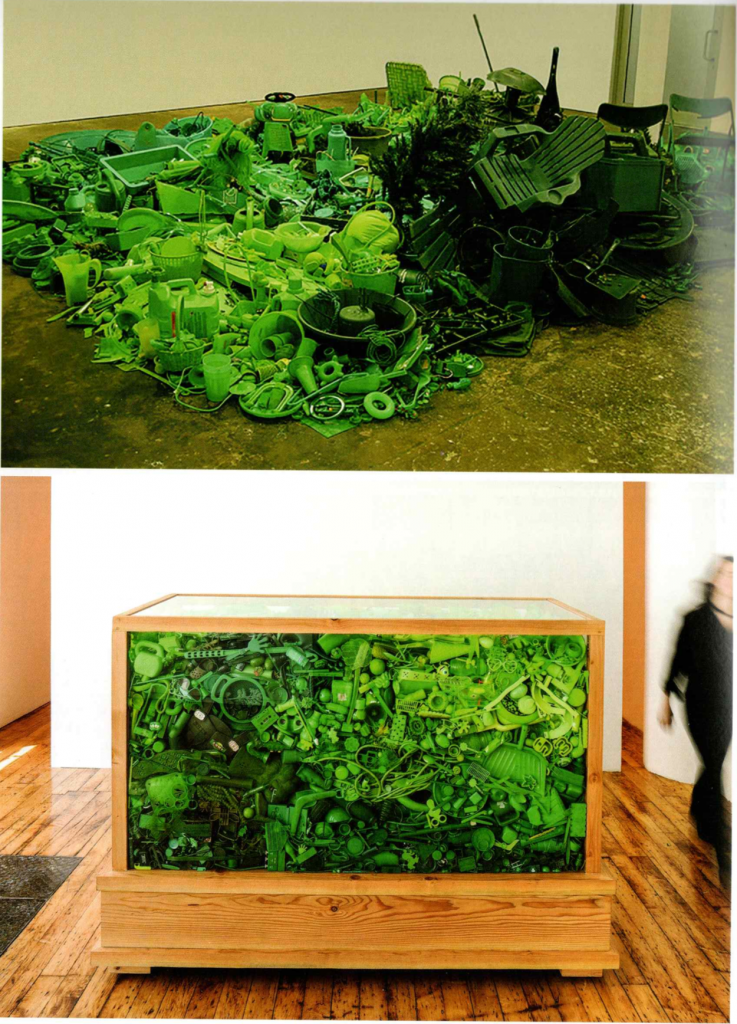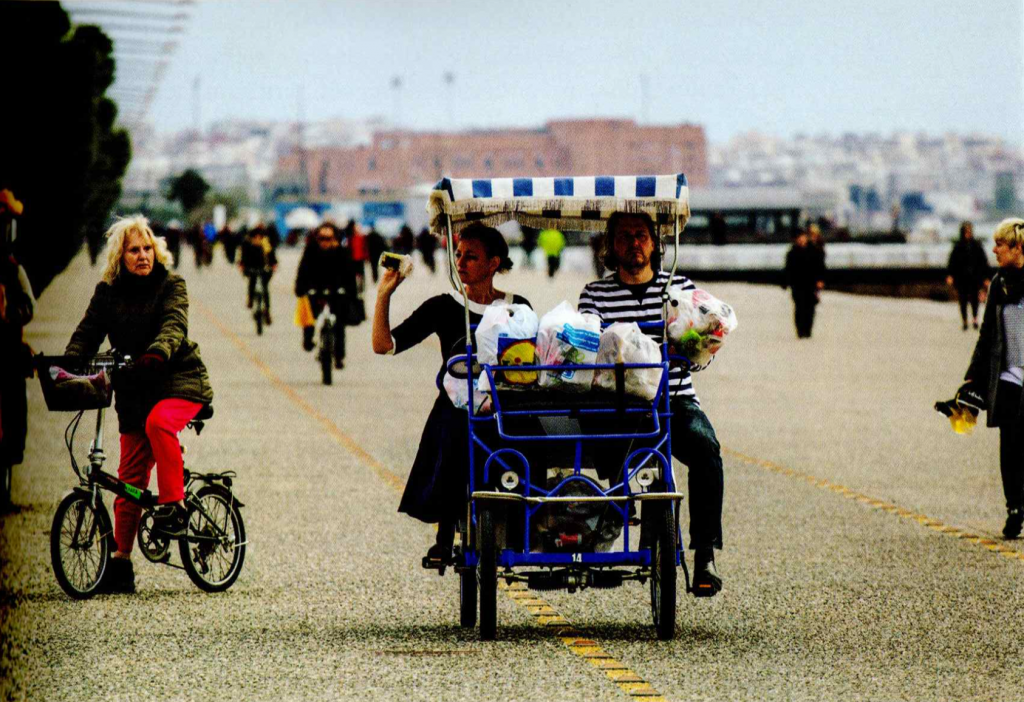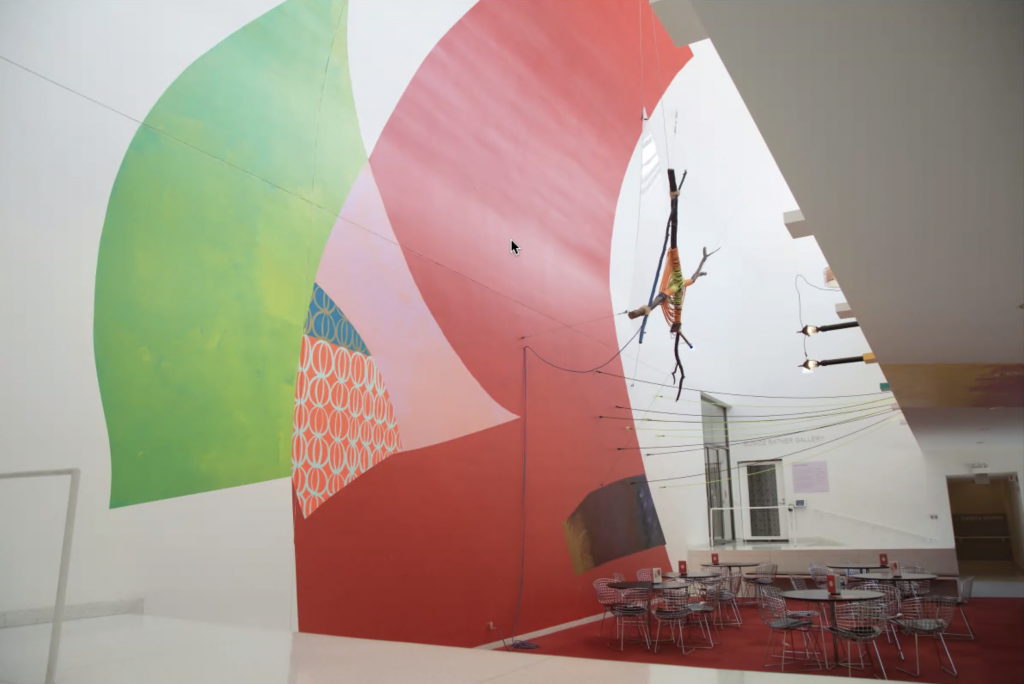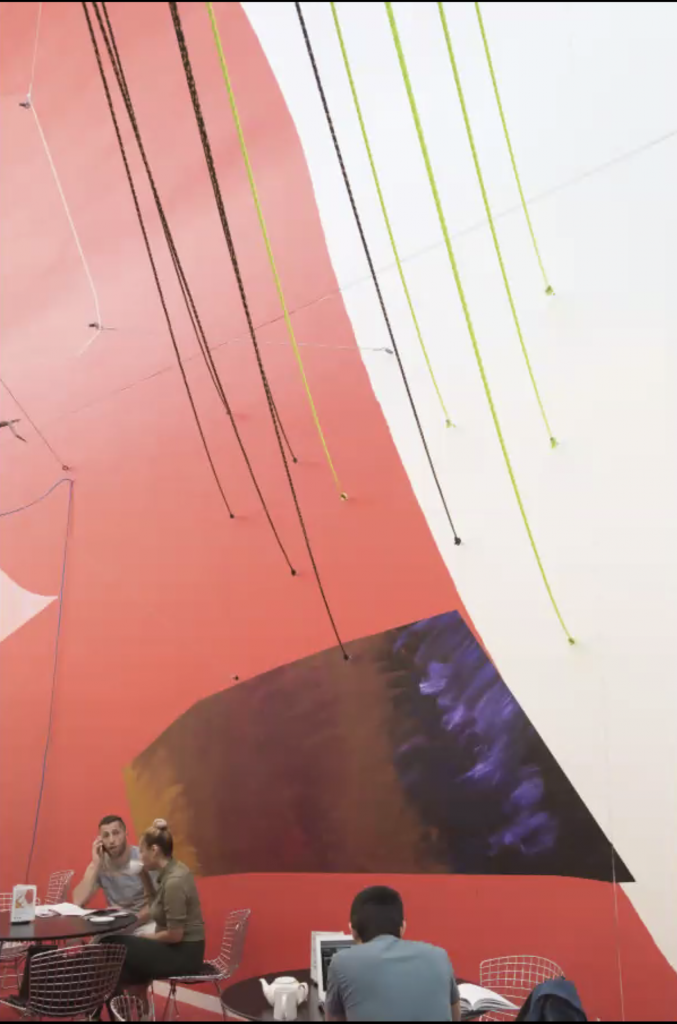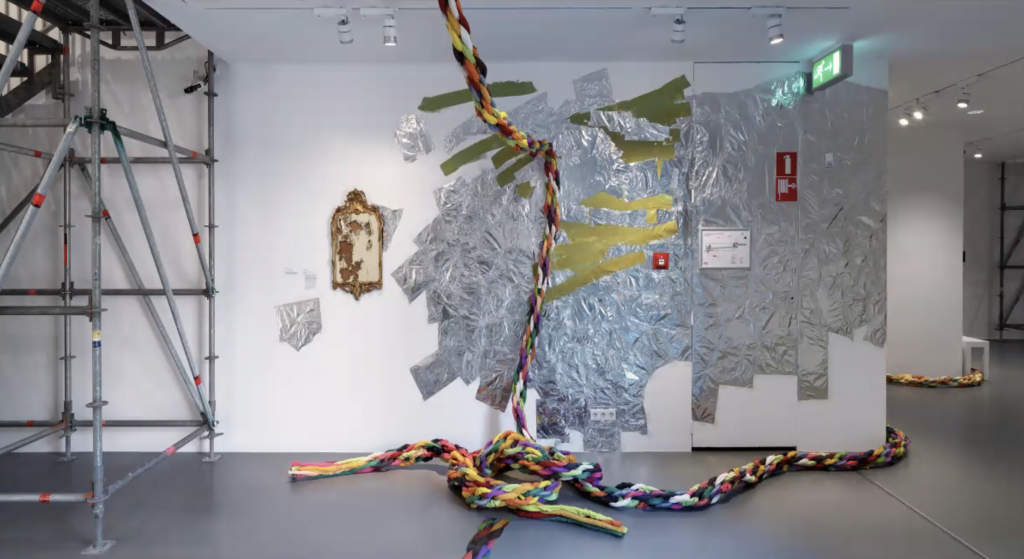ronny quevedo’s artist talk
~~~
the history of a material
wax
stains
in different times and locations
~~~
(wax paper)
~~~
drawing — immediacy, apply a quick thought, something that can be traced
printmaking — the time delay in making the preparations, and the printing itself takes just a few seconds, a mark that can be repeated
iterations — going back to an idea, and refining a thought
~~~
traveling in space, time, drawing, wall-based, not white walls?
lines in time: tree rings, creases, sun-bleached wood on houses, what else writing?
places of convening, movement piece
~~~
I really liked Ronny’s going backwards and forwards in time to find these lines. And the scalability of the works.
